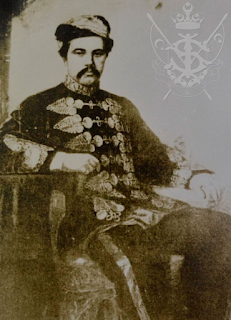What's in a Name: the Meaning of Tyersall

A turn of the 20th century Singapore postcard showing Tyersall Palace, or Istana Tyersall Most people, as they go about their daily business in Singapore, pay little attention to road names other than remembering where they are for one reason or another. Some may make a mental note that it is a Chinese, Malay, or Tamil-sounding name or one that is left over from colonial times. For a few people, such as Brenda Yeoh, a Professor of Social Sciences at the National University of Singapore and author of several books on the subject, road names are a consuming passion. She has written extensively on the topic including Street Names in Colonial Singapore (1992) and Street-Naming and Nation-Building: Toponymic Inscriptions of Nationhood in Singapore (1996). Such books offer a fascinating spyglass through which to better understand urban history. About a quarter of all road names in Singapore today bear names which tie back to the British colonial period, when roads were first laid down on


